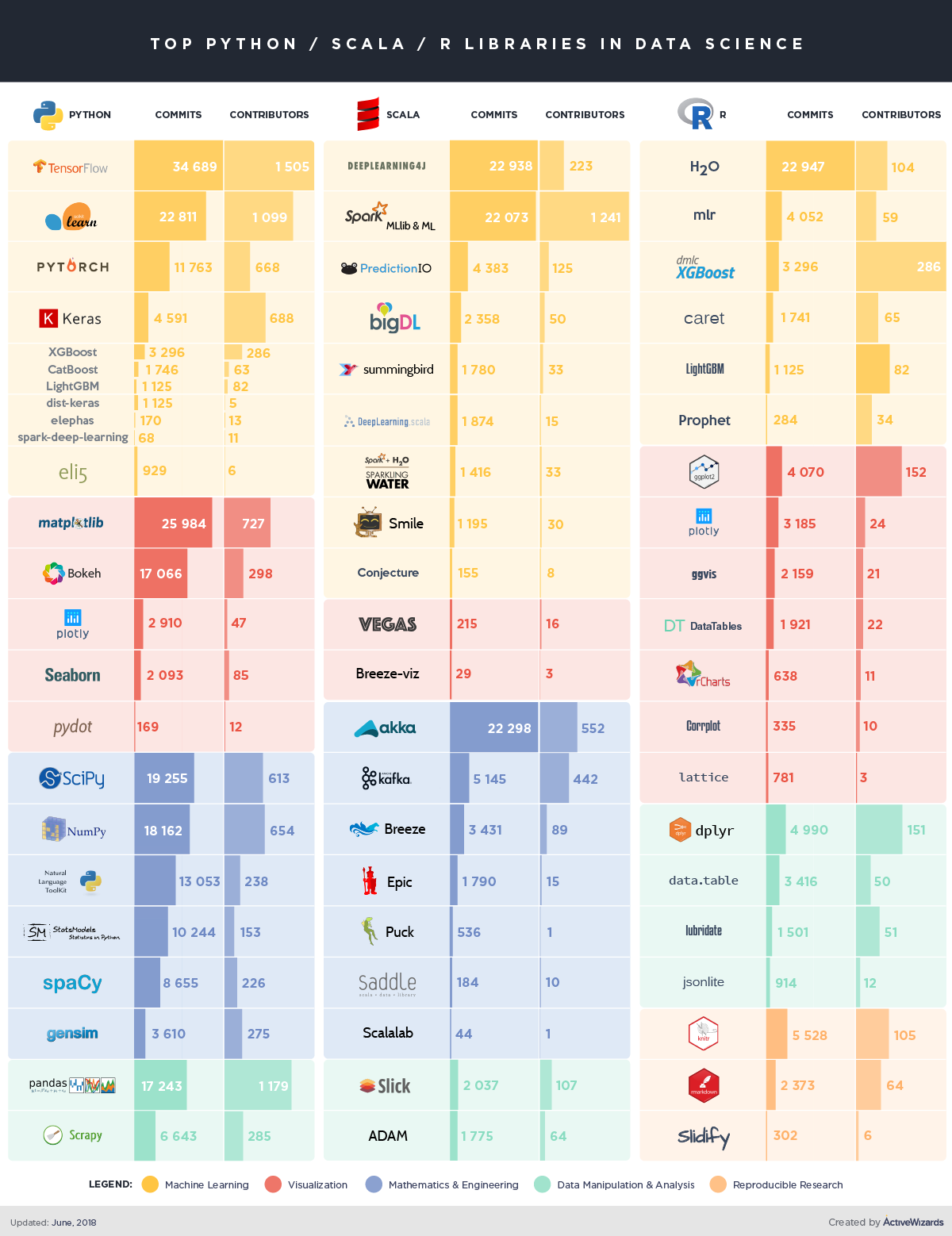
Yelp_files = "%s/data/yelp_academic_dataset_review.json" % os.getcwd()Īs expected, Python was significantly faster than R (12.5s vs. User.rating <- unlist(lapply(json.data, function(x) x$stars))

Json.data <- lapply(raw.json, function(x) fromJSON(x)) # format json text to human-readable text Json.file <- sprintf("%s/data/yelp_academic_dataset_review.json", getwd()) I tried to ensure that the workload in both scripts was as similar as possible, so that I can establish which language is most quickest. Use the JSON package to read a JSON file. Compare JSON to the Python Dict data type. More specifically, I will conduct an extremely simple analysis of the famous YELP Houston-based user ratings file (~216Mb), which will consist of reading the data and plotting a histogram of the ratings given by users. How can I convert an array of JSON record into a table Objectives. In this post, I will compare the performance of R and Python when reading data in JSON format. Below is a typical example of data in JSON format. Syntax: json. The loads() method is used to parse JSON strings in Python and the result will be a Python dictionary. The load() and loads() functions of the json module makes it easier to parse JSON object. JSON is an open standard format in human-readable form that is used to transmit data between servers and web applications. Parsing JSON Converting from JSON to Python. The json.dump() helps writing data into a JSON file.A file format that I am seeing more and more often is the JSON ( Java Script Object Notation) format. To use json.dump() function import the json module first.
#JSON COMPARE IN PYTHON PORTABLE#
It’s simple to learn and comes in a portable format.It is mostly invoked for creating custom decoders for different needs.

objecthook: Specifying this parameter with a type decodes the JSON data into the specified type. When you store data in JSON format, you can use them easily in other programming languages too fp: File pointer that reads the JSON data from the file. The JSON format is platform or language-independent.Data can be shared between Python programs using JSON.Enables developers to dump simple data structures into a file and load them when needed.Lets start with preparing the environment to start our.
#JSON COMPARE IN PYTHON HOW TO#
def finddiff(a, b): result a json.loads(a) b json.loads(b) for key in a: if. This chapter covers how to encode and decode JSON objects using Python programming language.

Why store data in Python using the JSON module? For your desired output you can do even without usage of difflib, for example. Maintainer of optparse library couldn’t have a better idea than to change usage: to Usage: (between 2.4 and 2.6) Grrrrrrr. Have some basic knowledge of Python programming language. Finally, we shall look at how to serialize and deserialize JSON to Object in Python. We shall also learn how to use the json.dump() and json.dumps() methods, json.load() and json.loads() methods, and their differences. In this tutorial, we’ll look at how to store data in Python using the JSON module. The simplest way to do this is to use the JSON module to store your data. You will always want to save the data that users enter before they close your program. Whatever the aim of the program is, you’ll need data structures like lists and dictionaries to store them.

The project’s website is at Patches and pull requests are welcome, but please keep the script compatible with python 2.4. Allows exclusion of some keys from the comparison, or in other way to include only some keys. Certain programs might require different types of data to be accepted by the user. Compares two JSON files ( and generates a new JSON file with the result.


 0 kommentar(er)
0 kommentar(er)
